Timeless Kashi Rises Anew
- In History & Culture
- 10:45 AM, Dec 03, 2021
- Savitri Mumukshu
The city of Kashi epitomizes the unshakeable resilience and unity of Hindus. Devastated multiple times by Islamic invaders, it rose again every time to be rebuilt and renewed by Hindus from all over India, who ensured its perpetual rebirth and existence. The Hindu temples of Varanasi were devastated so many times that none of the ancient temple sites remained intact in their original state. The 10th c. Kardameshwar temple of Siva, in Kandura village near BHU is the only temple left in its original state dating from the pre-Muslim period

The wave of Islamic invasions began in In 1033 CE when Varanasi was plundered by Mahmud Ghazni’s son Nialtagin. By the end of 11th c., Chandradeva had established the Gahadavala dynasty by regaining control of Kashi and built the Adi Keshava shrine with gold, valuables, 1000 cows and an entire dedicated village.
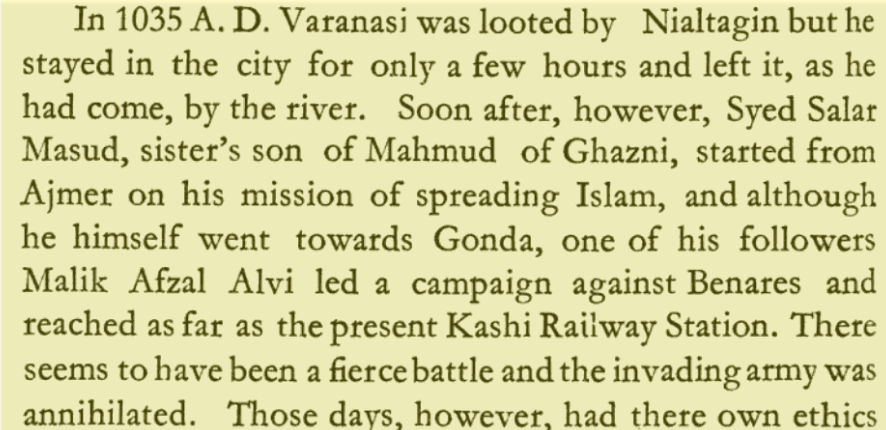
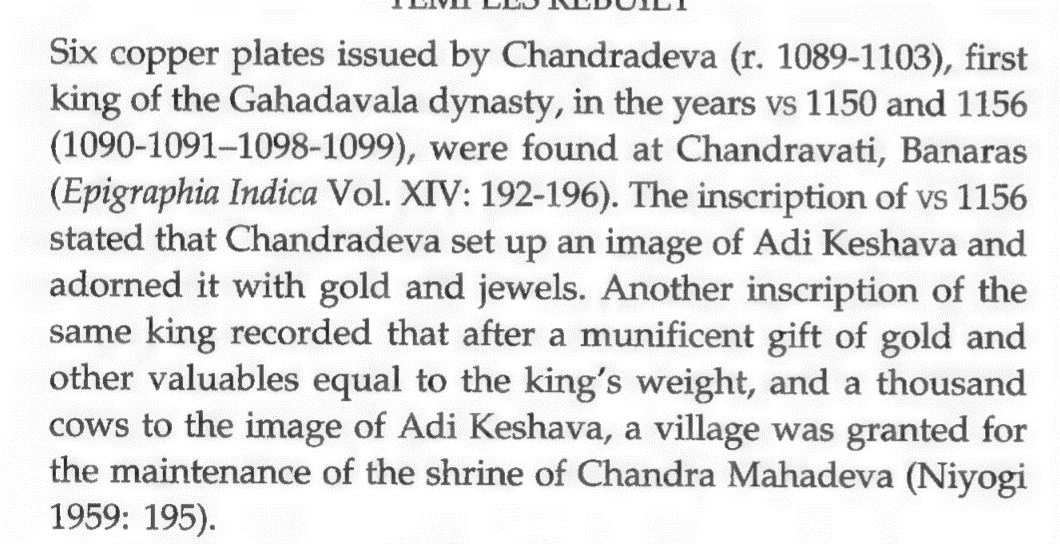
In 1194 CE, Muhammad Ghori’s commander Kutubuddin Aibak also attacked and razed Varanasi to the ground. Thousands of Hindus were massacred and forced to convert under threat of the sword. Over 1000 ancient temples were destroyed. So immense was the quantity of booty that was taken away that it took 1400 camels to carry it.
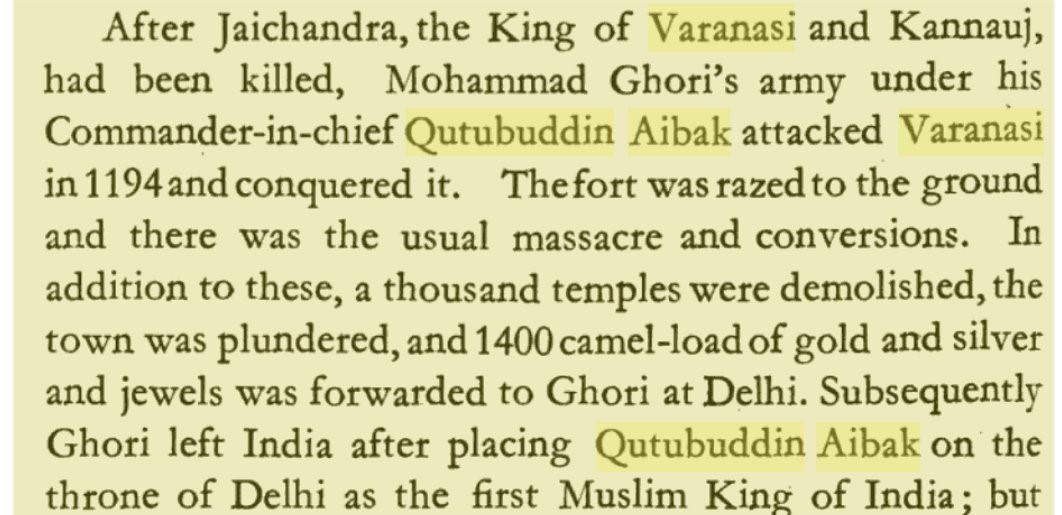
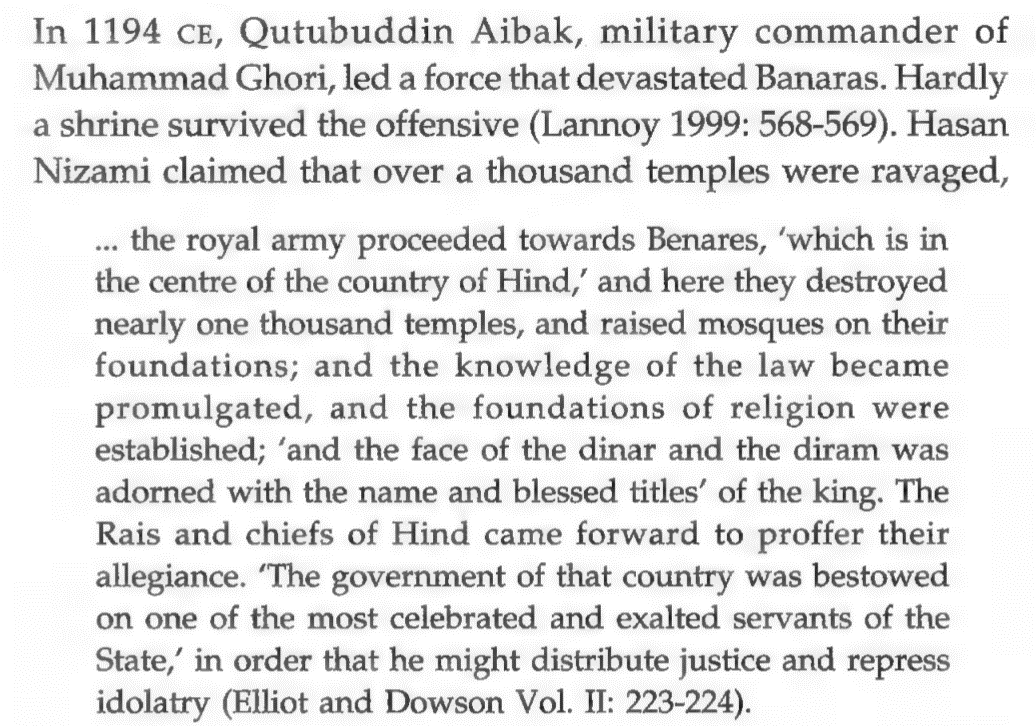
Soon however, Hindus recaptured Kashi and in 1197 CE and Kutubuddin was forced to attack again. But by 1212 CE, he met with enough resistance to lose control over the city once more. At this point, Bengal’s Visvarupa Sena erected a grand Yupa and Vijay Stambh of victory at the centre of Varanasi, declaring it the ”Kshetra of Shiva Visveshwara”.
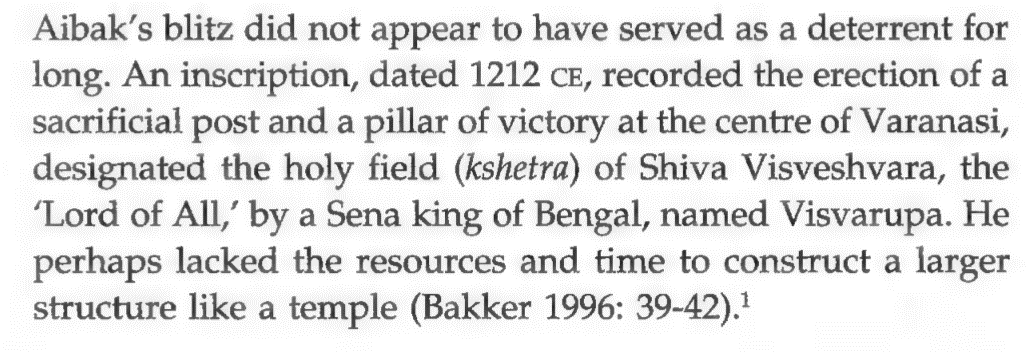
Soon however, Hindus recaptured Kashi and in 1197 CE and Kutubuddin was forced to attack again. But by 1212 CE, he met with enough resistance to lose control over the city once more. At this point, Bengal’s Visvarupa Sena erected a grand Yupa and Vijay Stambh of victory at the centre of Varanasi, declaring it the ”Kshetra of Shiva Visveshwara”.
This triumph was short lived as Varanasi was conquered yet again by the Muslim Army, who imposed a Jizya tax on Hindu residents of Varanasi. In 1297 CE, the Hoysala king Narsimha 3, in a significant gesture of solidarity with Varanasi’s Hindus and demonstration of commitment to preserving the dignity of the Kashi Visheshwara deity, donated an entire village to pay Jizya tax on behalf of Varanasi. The money was funded by residents of Karnataka, Telangana, Talvi (Tulu), Tirhut (Bihar) and Gauda (Bengal) regions. Donations from Gujarat also poured in.
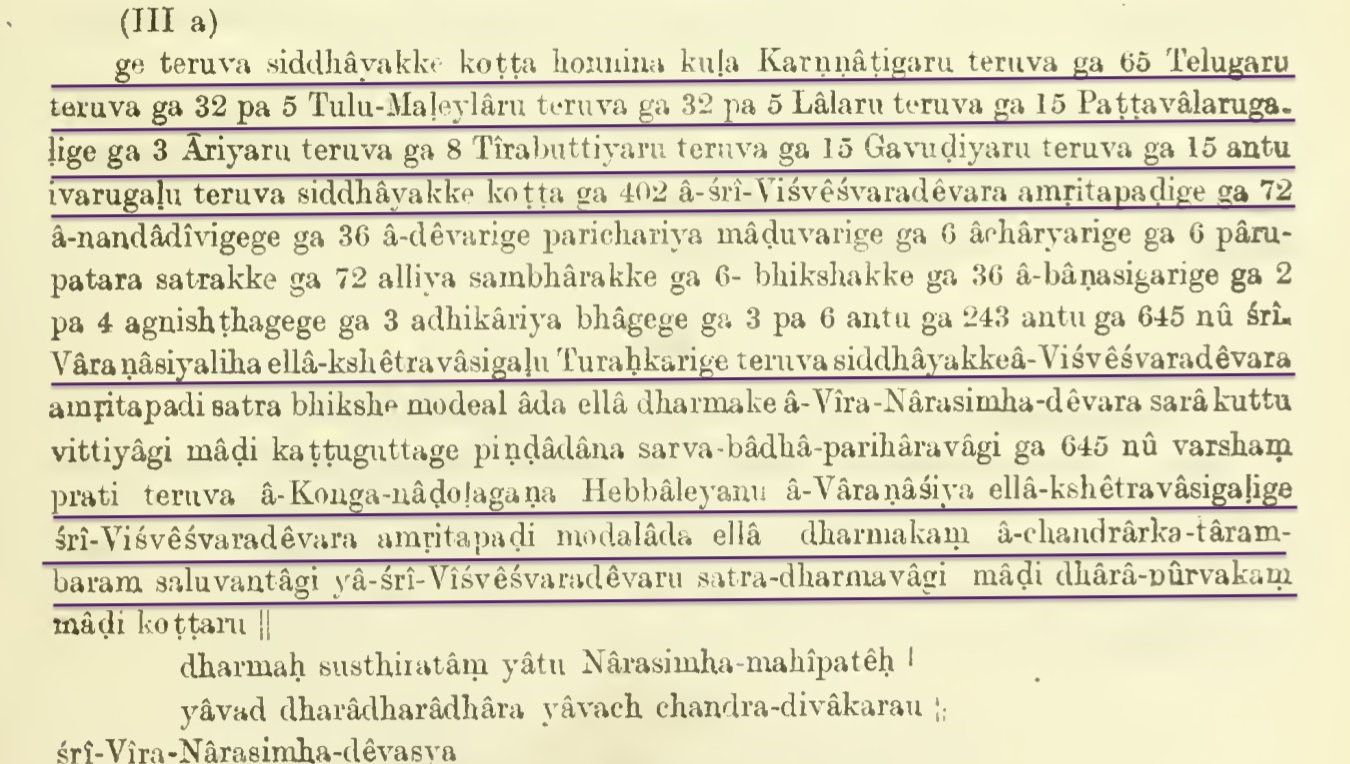

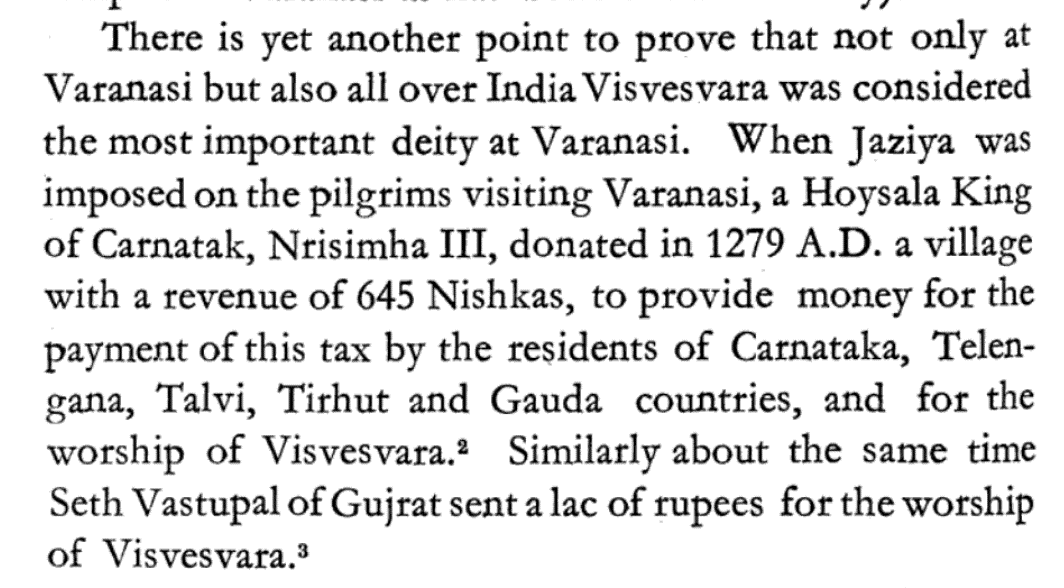
By 1353 CE, Hindus had built two more grand temples - Padmesvara and Manikarnikesvara in Kashi. But their splendour was short-lived as they were destroyed soon after. In 1376 CE, Alauddin Khalji attacked and demolished several temples, including the Atala Devi Mandir to build the Atala mosque at Jaunpur. His governor built mosques Arhai Kangara, Chaukhambha, Golaghat from demolished Hindu temples.
|
|
|
By 1353 CE, Hindus had built two more grand temples - Padmesvara and Manikarnikesvara in Kashi. But their splendour was short-lived as they were destroyed soon after. In 1376 CE, Alauddin Khalji attacked and demolished several temples, including the Atala Devi Mandir to build the Atala mosque at Jaunpur. His governor built mosques Arhai Kangara, Chaukhambha, Golaghat from demolished Hindu temples.
In 1393 CE, the Shirquis were plundering stone pillars from the Gupta period temples and using them as stools in their mosque gardens. The presence of Padmesvara stones and the Padmesvara inscription in the Lal Darwaza Mosque, shows how Varanasi’s Islamic monuments were all built on seized and demolished temple remains.
|
|
|
In 1496 CE, Varanasi suffered a devastating blow when Sikandar Lodi ordered complete and utter destruction of all Hindu temples at Varanasi. In an all too familiar story, the rebuilt shrines were once again left in ruins.
|
|
|
The great centers of learning and education that enriched Varanasi with wisdom for ages were destroyed and scholars fled to the South. But just 50 years later, the resilient Hindu scholars from Maharashtra and Karnataka headed a resurrection of Sanskrit learning in Varanasi.
|
|
|
In 1567 CE, Akbar conquered Kashi for the second time and ordered it to be plundered. This was followed by a period of relative peace. Rajput kings Man Singh and Raja Todarmal, used this opportunity to revitalize Varanasi by reconstructing numerous temples and Ghats during this era.
|
|
|
In 1669, Varanasi had to face an onslaught worse than anything it had ever encountered before at the hands of the Islamic fanatic Mughal king, Aurangzeb who destroyed and built the Gyan Vyapi mosque on top of the rebuilt Visveshwara temple. He constructed Dharahara mosque on the ruins of Bindu Madhava temple and Alamgiri mosque on top of the remnants of Krittivasesvara temple. These were deliberate acts of malevolence to emphasize the supremacy of Islam over Hindu places of worship.
|
|
|
A bitter and rabid Aurangzeb went so far as to try and erase Varanasi’s very identity by renaming it “Muhammadabad” and issued coins in that name. His demolition of Kashi Visheshwara was a shock to Hindus all over India. The great Shivaji Maharaj’s mother Jijabai was so furious at the insult, that the event motivated her to challenge her own son to capture Sinhagad in order to directly challenge Aurangzeb’s barbarity. This event changed the course of India’s history forever.
|
|
|
Only after Aurangzeb's death could real reconstruction of Varanasi begin. It was thanks to the efforts of many devoted Hindus such as Marathas, Rajputs, Bengalis and others that Visheshwara (Vishwanath) and other holy shrines of Kashi could rise again to their original glory
|
|
|
The ancient Kashi Khanda of the Skanda Purana (8th c. CE) described 1099 Temples and Tirtha sthaans in Varanasi. Almost none of these remain in their original state. Yet it is a testimony to Hindu resilience and unity that so many of these sites were rebuilt and ancient Vigrahas reestablished whenever possible.
|
|
|
The Kashi Khanda also enumerates 72 Devi mandirs. Of these the Bhavani Gauri deity was worshipped until 16th c. as Annapurna and Bhuvaneshwari was worshipped in the Annapurna temple. Both were demolished in 1496 by Lodi, and the Bhavani temple lay ruined. A new temple was built at the site of the Bhuvaneshwari temple under the name of Annapurna and the new Annapurna deity continued to be worshipped in the way prescribed for Bhavani Gauri. This temple to the goddess Bhavani where Annapurna was worshipped was later rebuilt by Peshwa Baji Rao I in 1725.
|
|
|
Last month, the 18th-century Murti of Maa Annapurna, which was stolen from Varanasi 108 years ago by a Canadian thief and later donated to a museum in Canada, was returned to India thanks to the central government’s initiatives. The deity was welcomed and installed with due reverence and ceremony by Yogi Adityanath. This event is a surreal validation of the eternal story of Varanasi, which always rises beyond destruction, living in the collective resilience and devotion of Hindus all over the world.
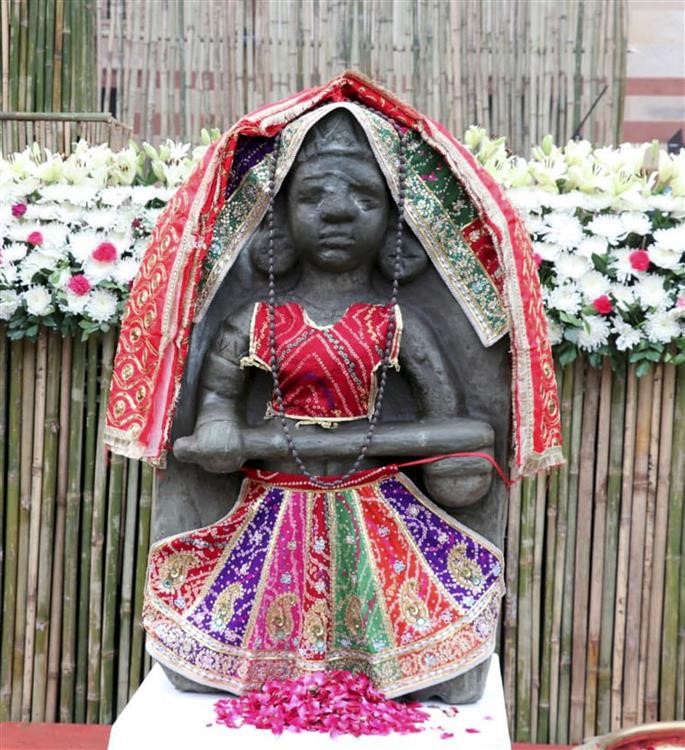
No other shrine represents this spirit of resilience and unity more than Kashi Vishwanath (Visheshwara). In the 18th and 19th centuries, Hindus from all over India contributed to rebuild it as they considered the shrine and Varanasi itself as the crowning metaphor of Hindu faith and culture. For centuries, the freedom to worship our deities, a clean, pure Ganga, spotless Ghats resonating with Aarti, resplendent temples alive with the sound of Mantras, organized and beautiful streets lined with heritage of ancient Kashi were all but an elusive dream.
|
|
|
Hindus never failed to keep the flame of faith burning at Varanasi. At every chance, they rebuilt sacred sites at the same location or created structures adjacent to them. Even as temples were destroyed, Vigrahas were hidden in secret locations to be reestablished once again at the first opportunity. The process of renewal and reconstruction is a testament to the collective will and determination of Hindus, who consistently did their best to protect and uphold the honor of Varanasi as a spiritual centre of Dharma. For the first time with the Kashi Vishwanath Corridor project, we now finally have a chance to celebrate this spirit of Hindu unity and renewal of Kashi on our own terms and realize this dream. Varanasi is not just a city, but a timeless symbol of our spiritual continuity.
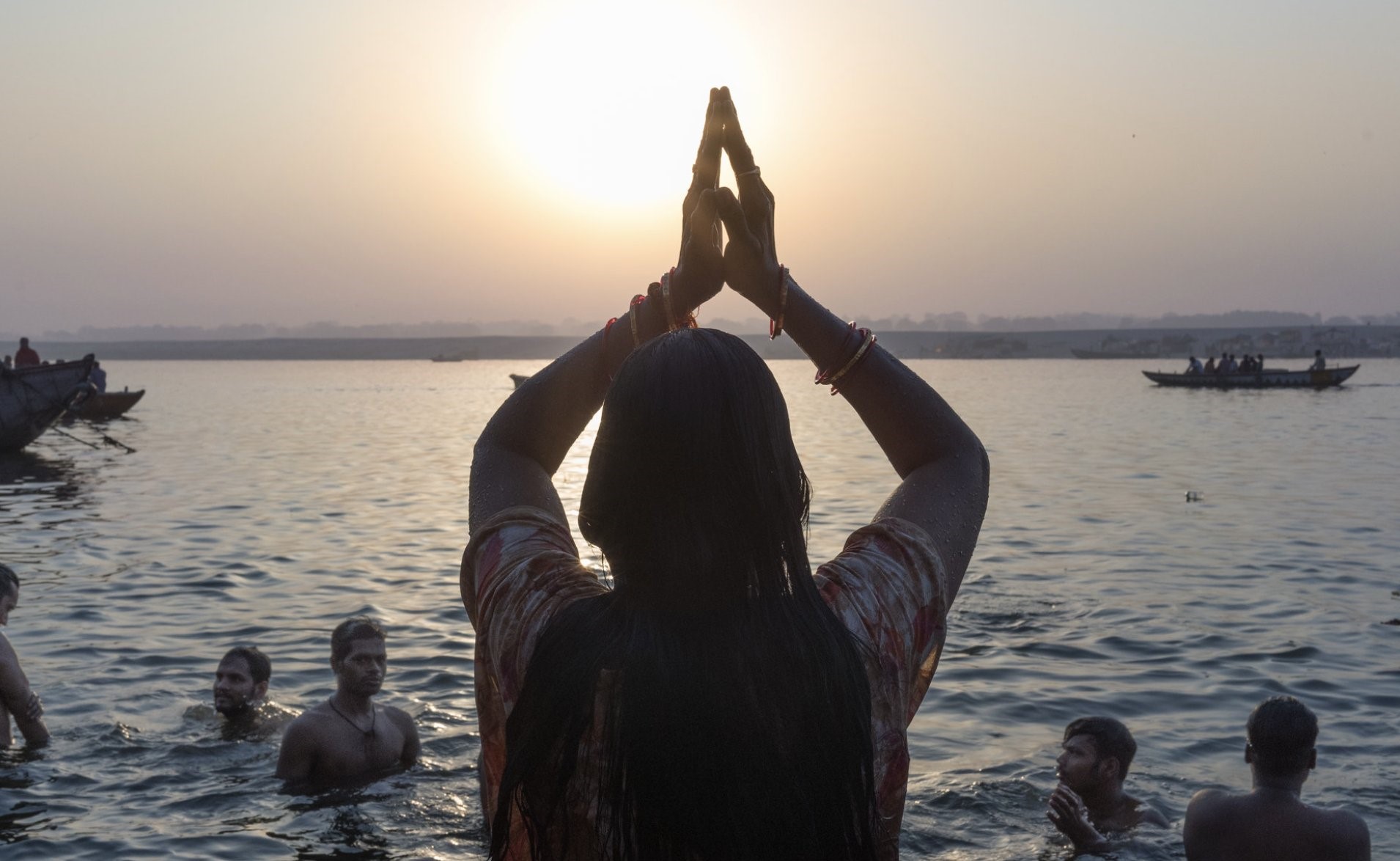
References:
Varanasi Down the Ages - Kuber Nath Sukul
Flight of deities and rebirth of temples - Meenakshi Jain
History of Medieval Hindu India - Vol 3 - C.V. Vaidya
Kashi - The City Illustrious or Benares - Edwin Greaves
The Skanda Purana: Book 4 - G. V. Tagare
All the images are provided by the author.



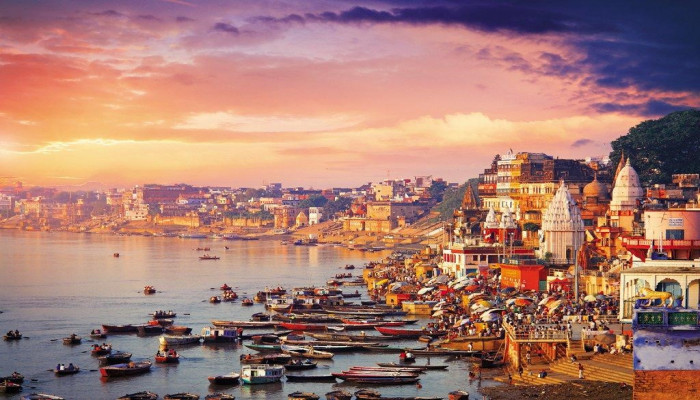
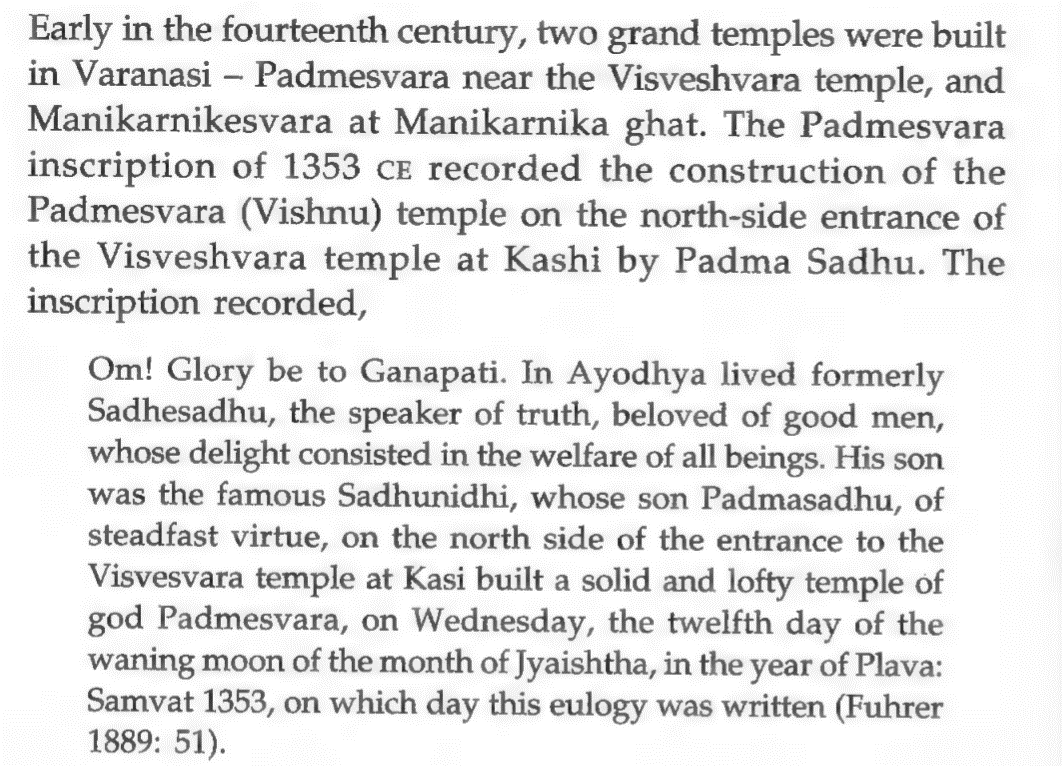
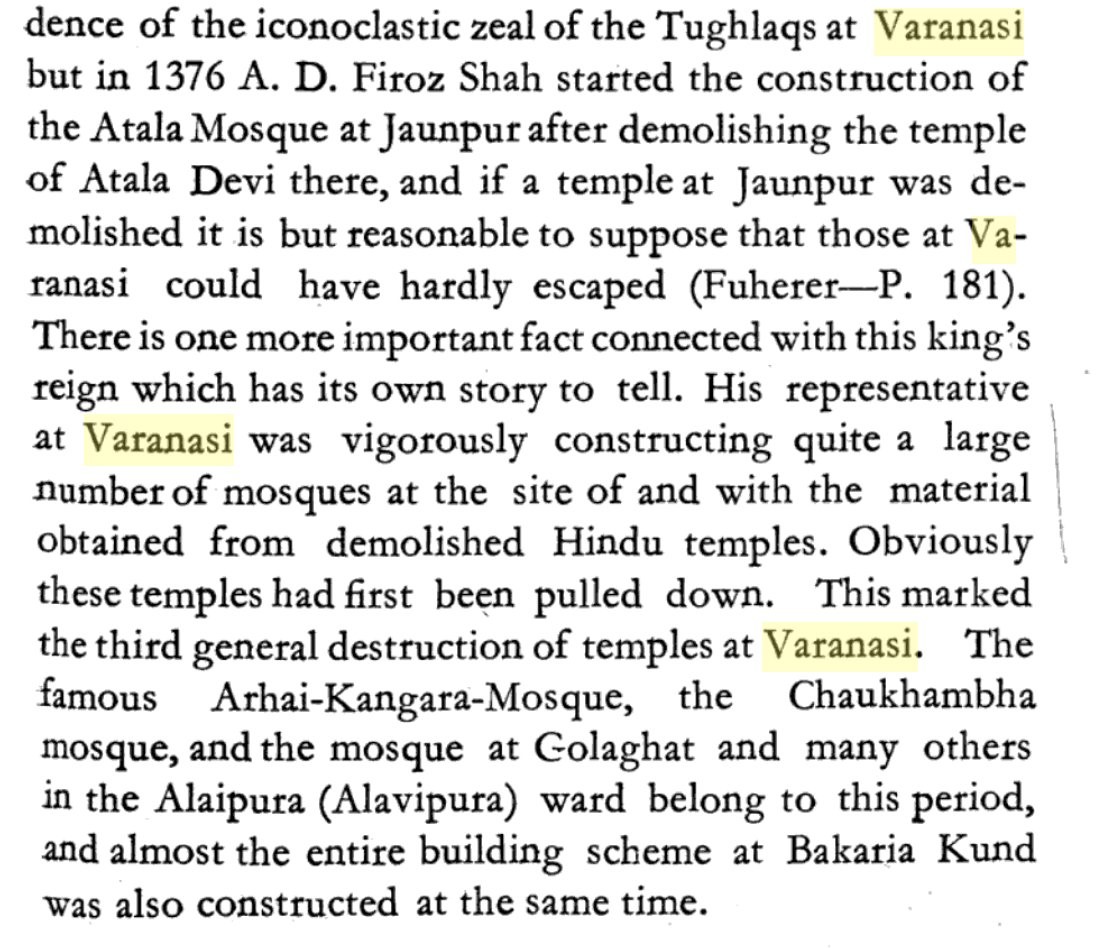
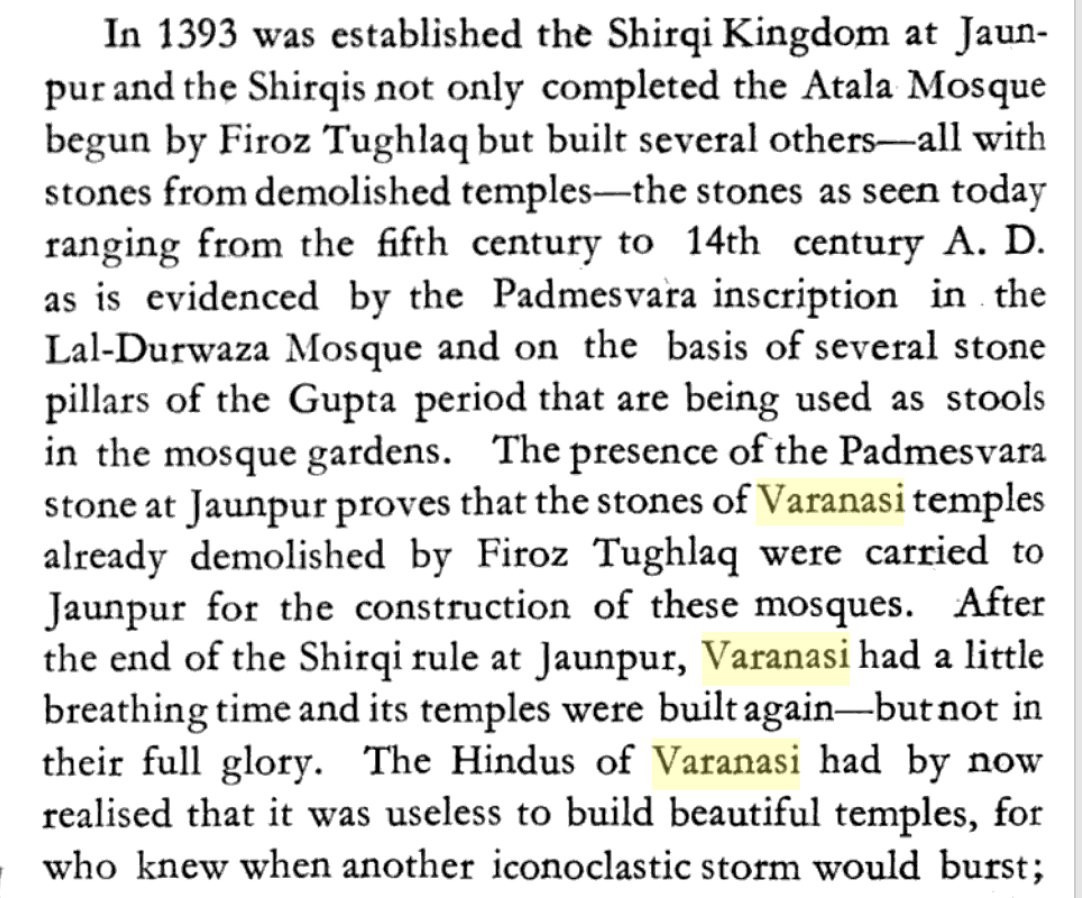
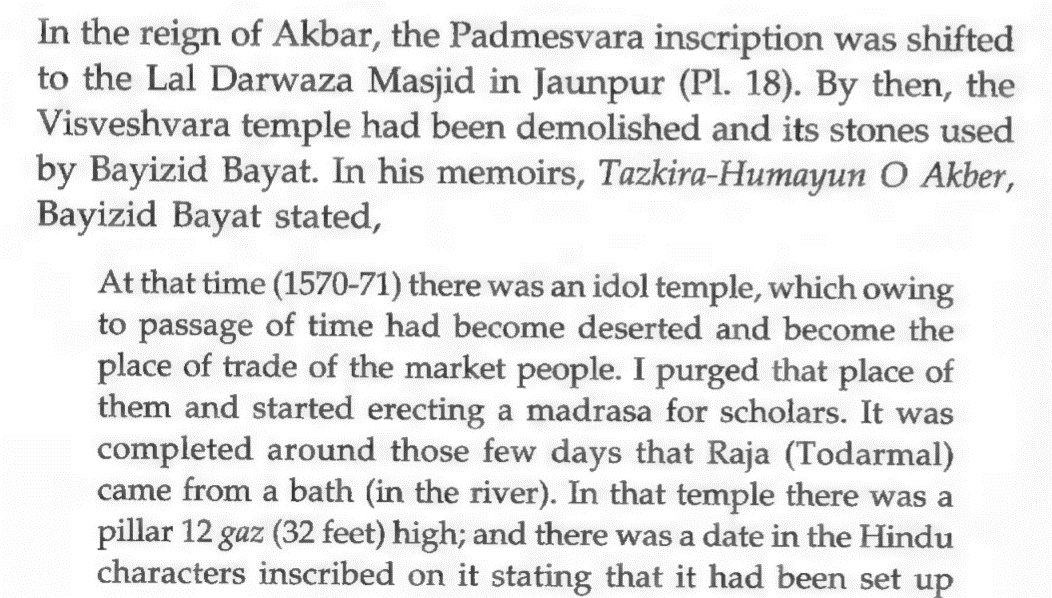
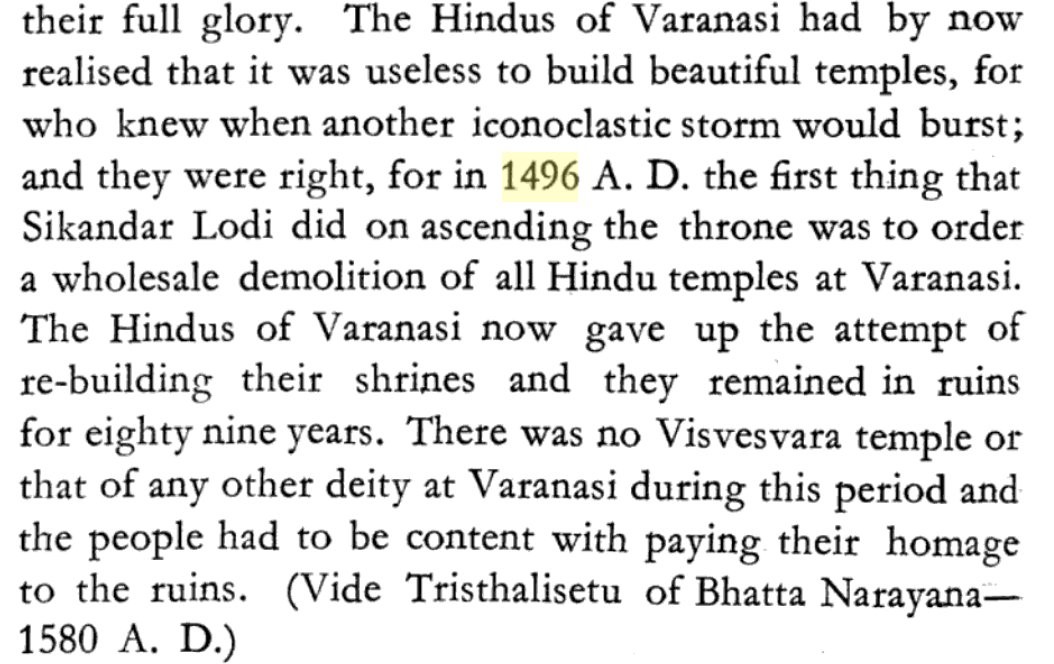
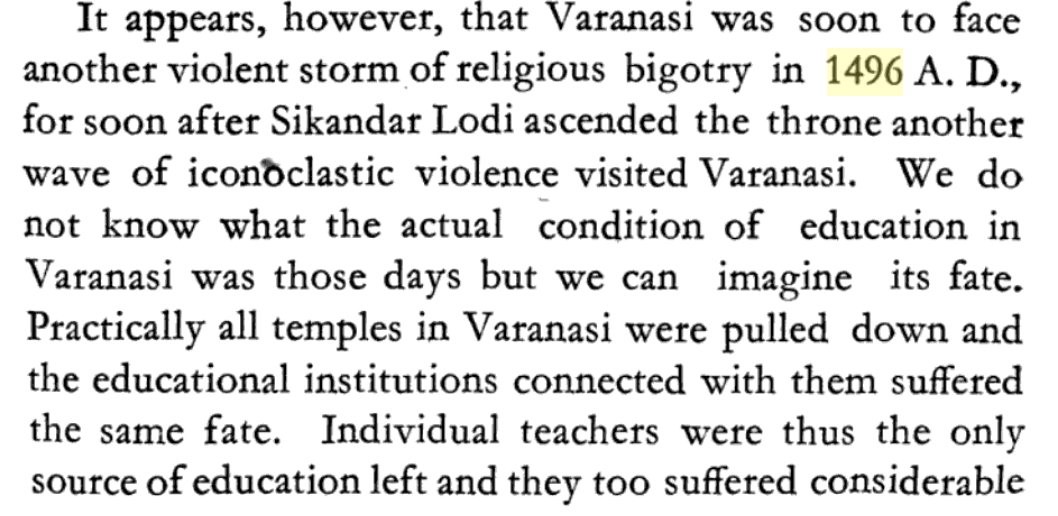
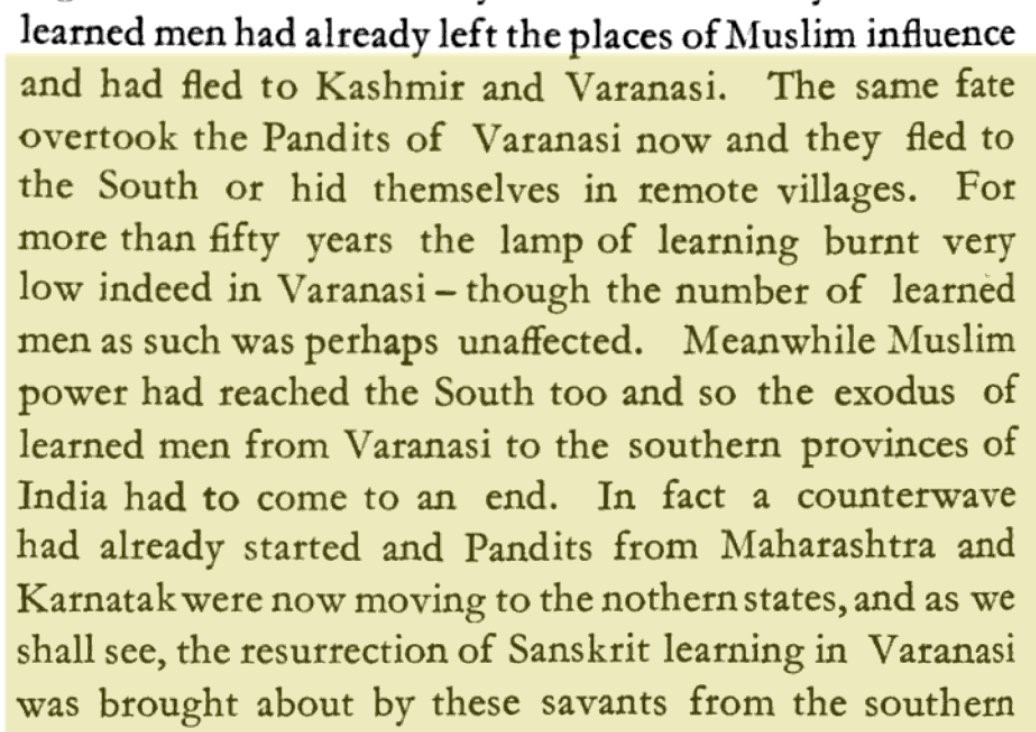
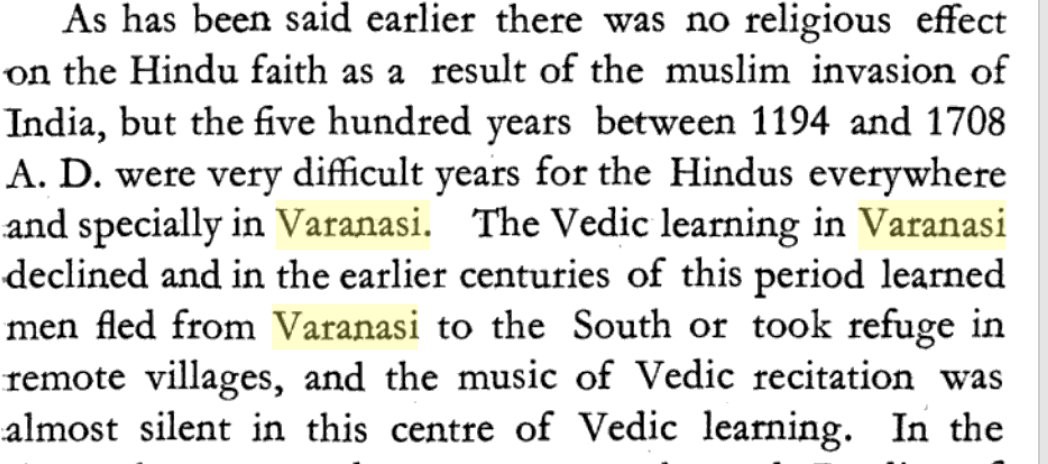


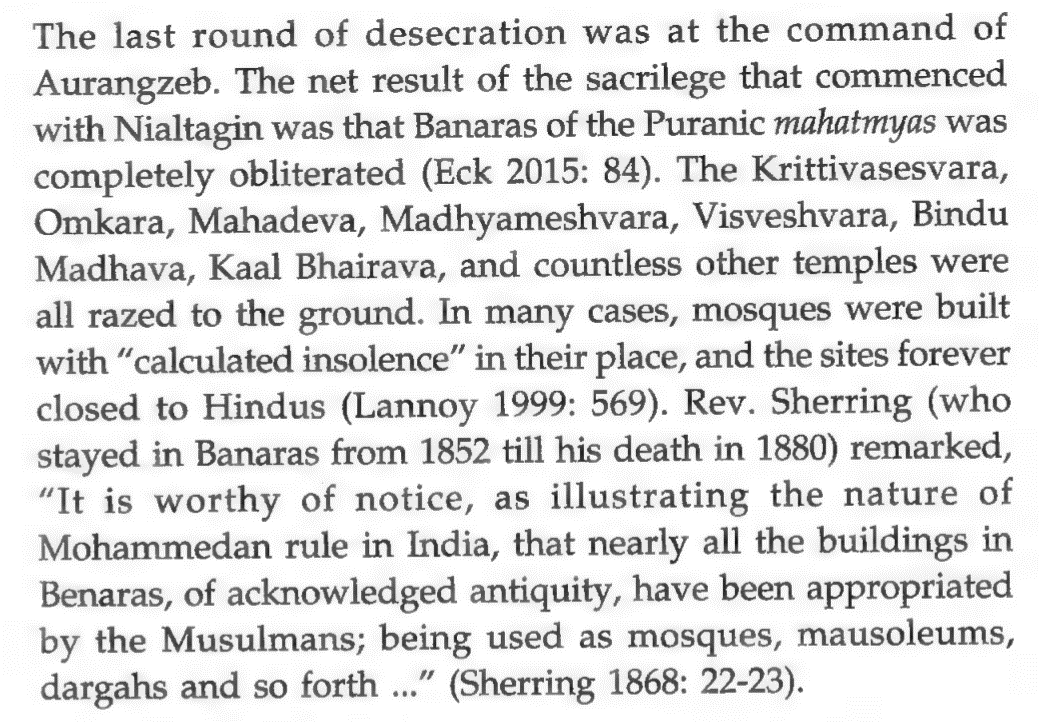
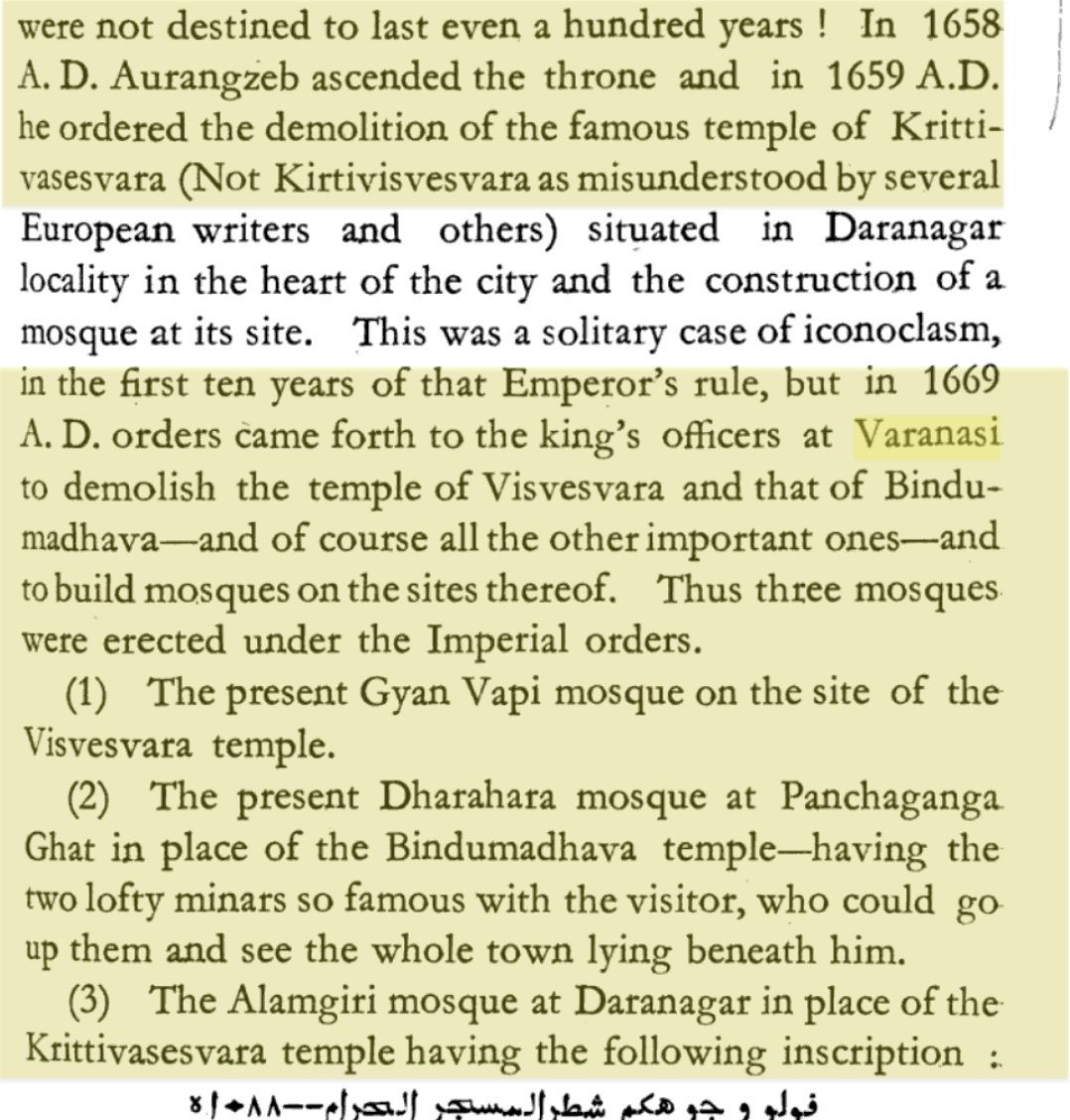
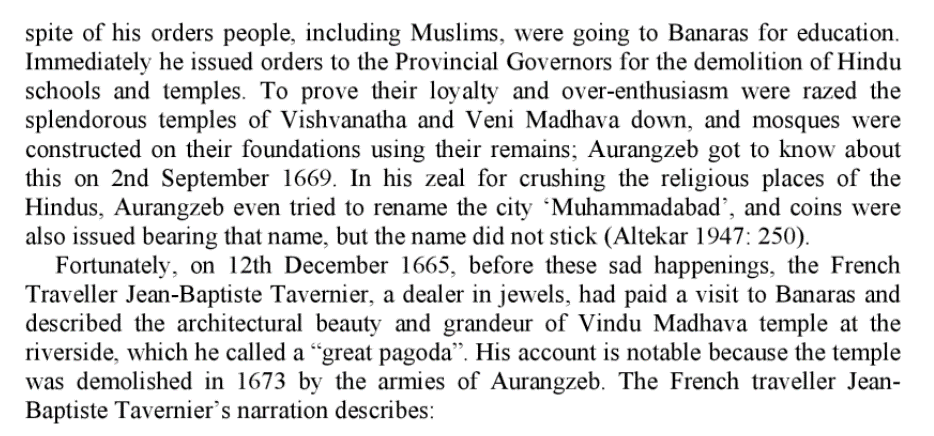
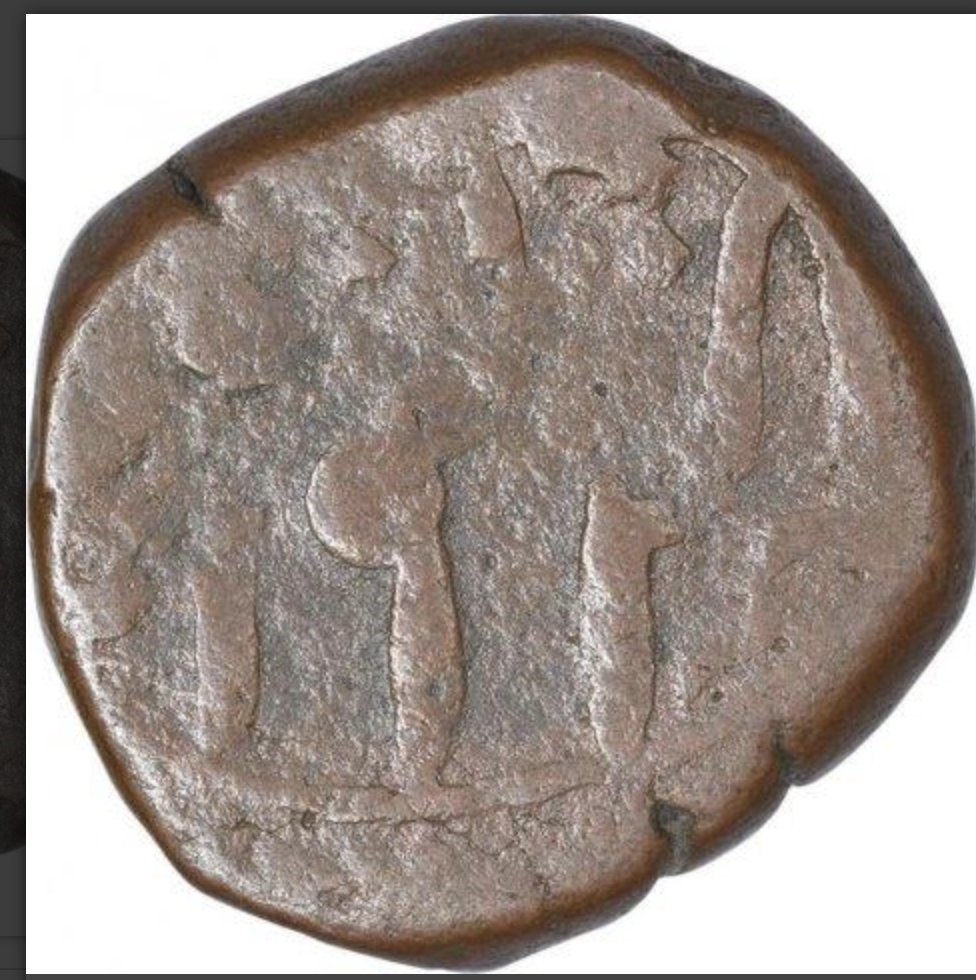
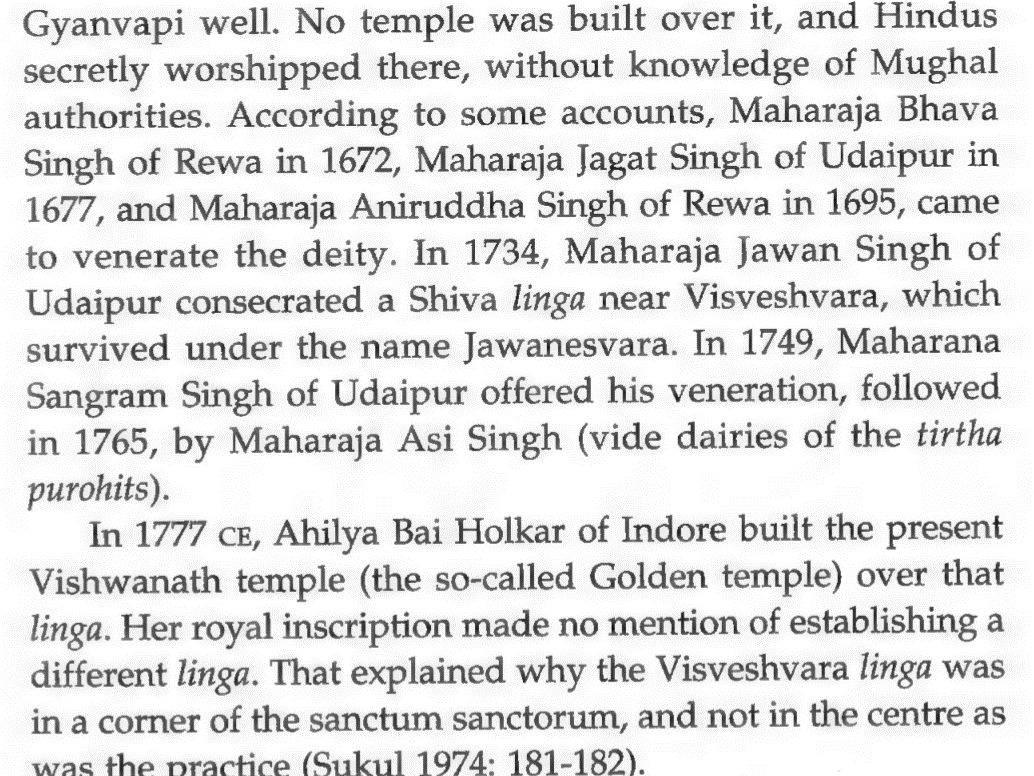
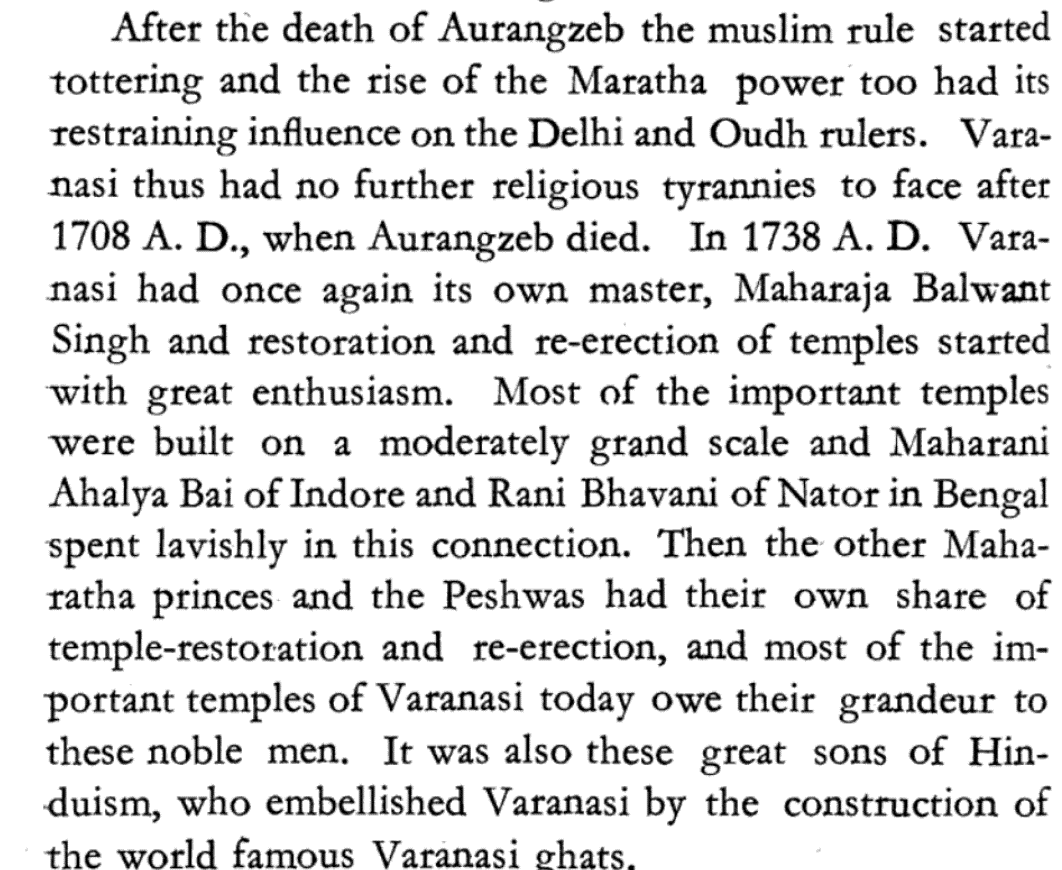

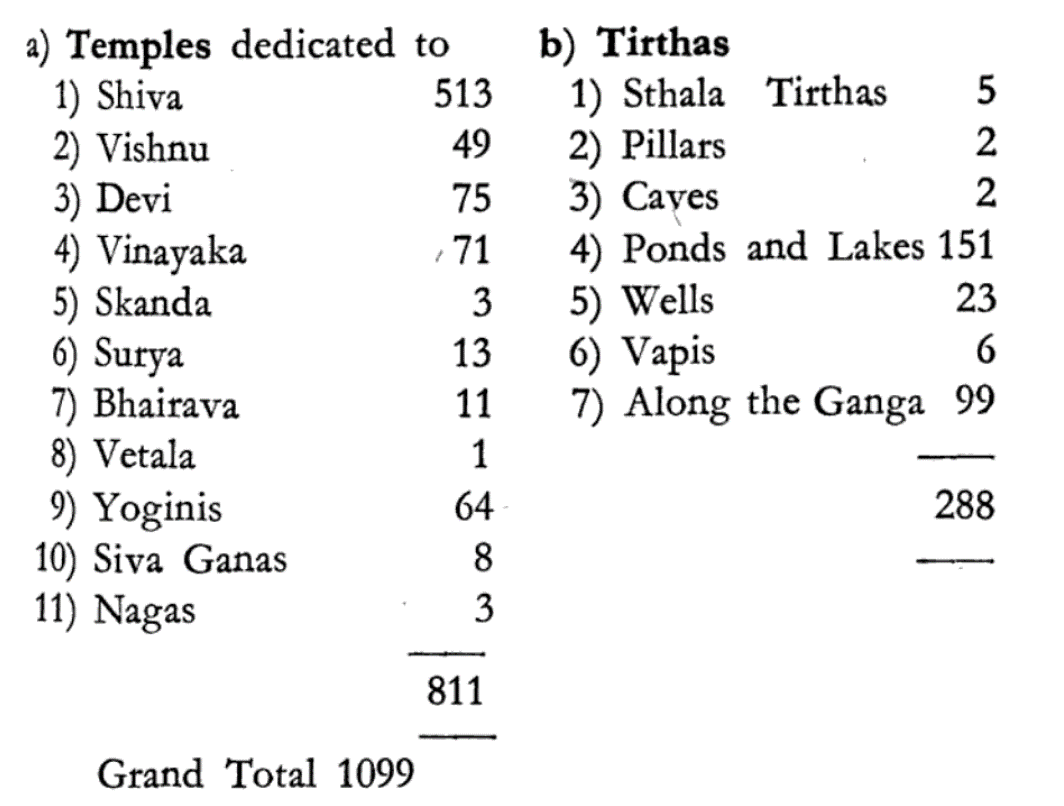
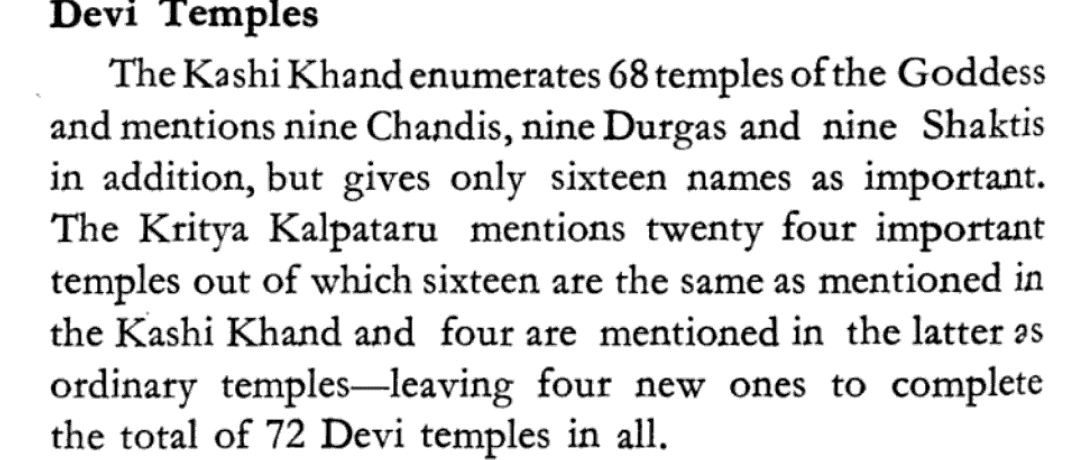
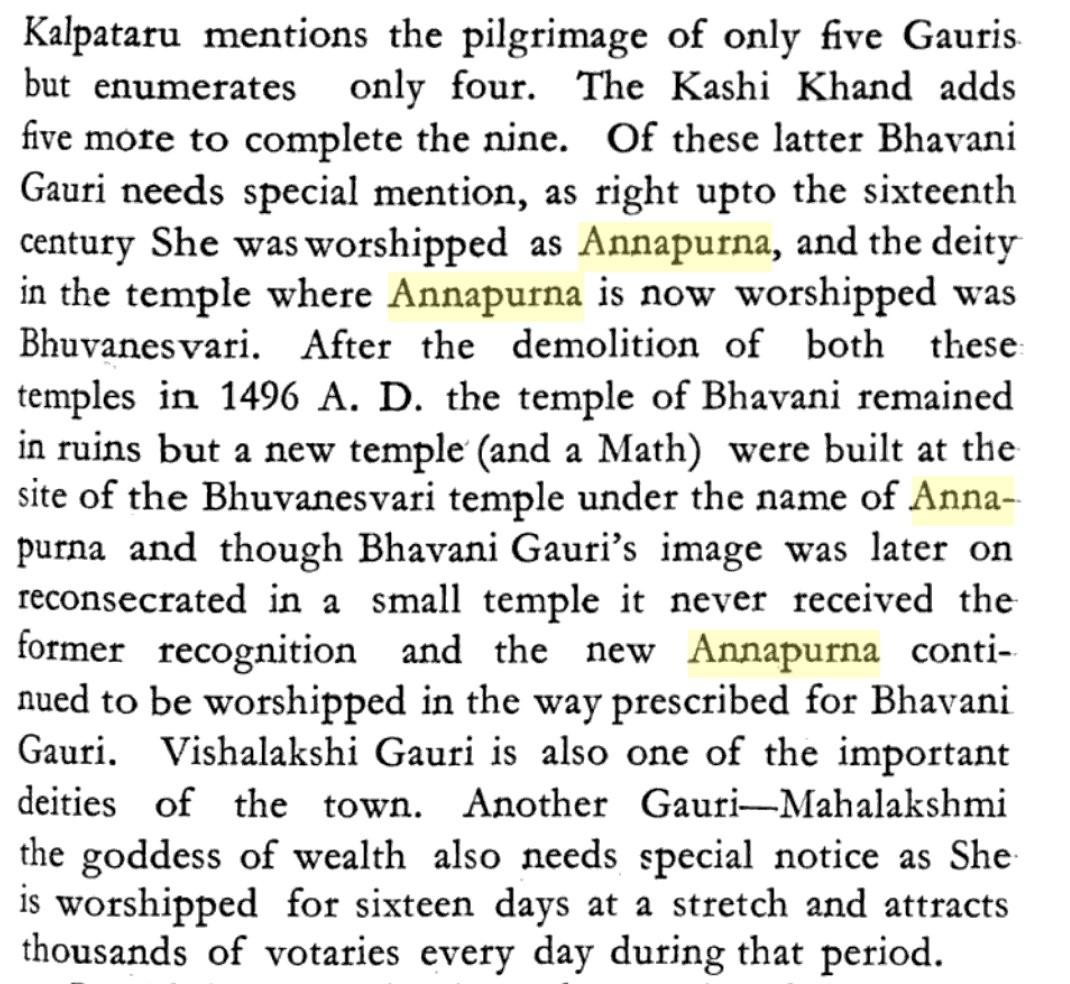
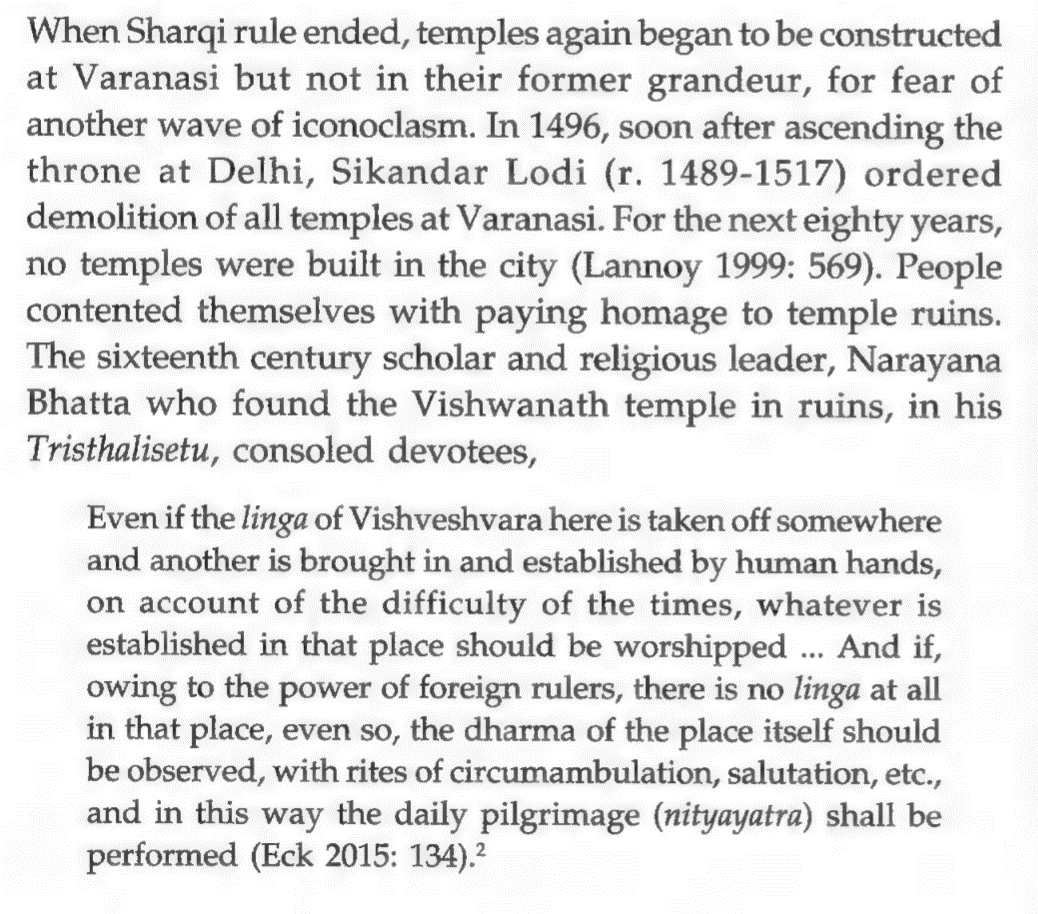




Comments